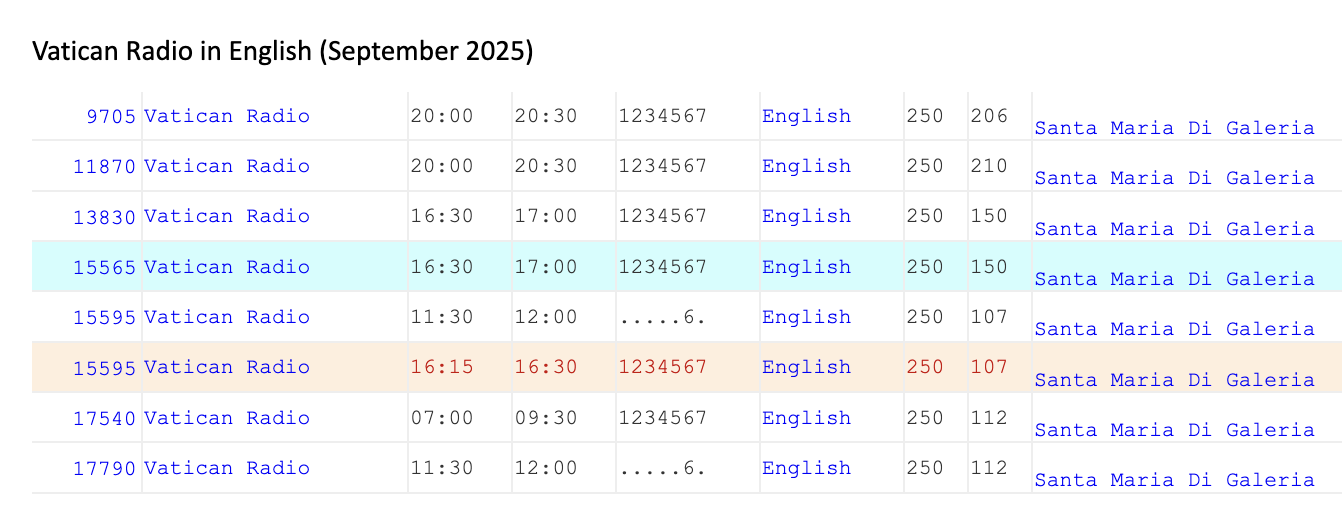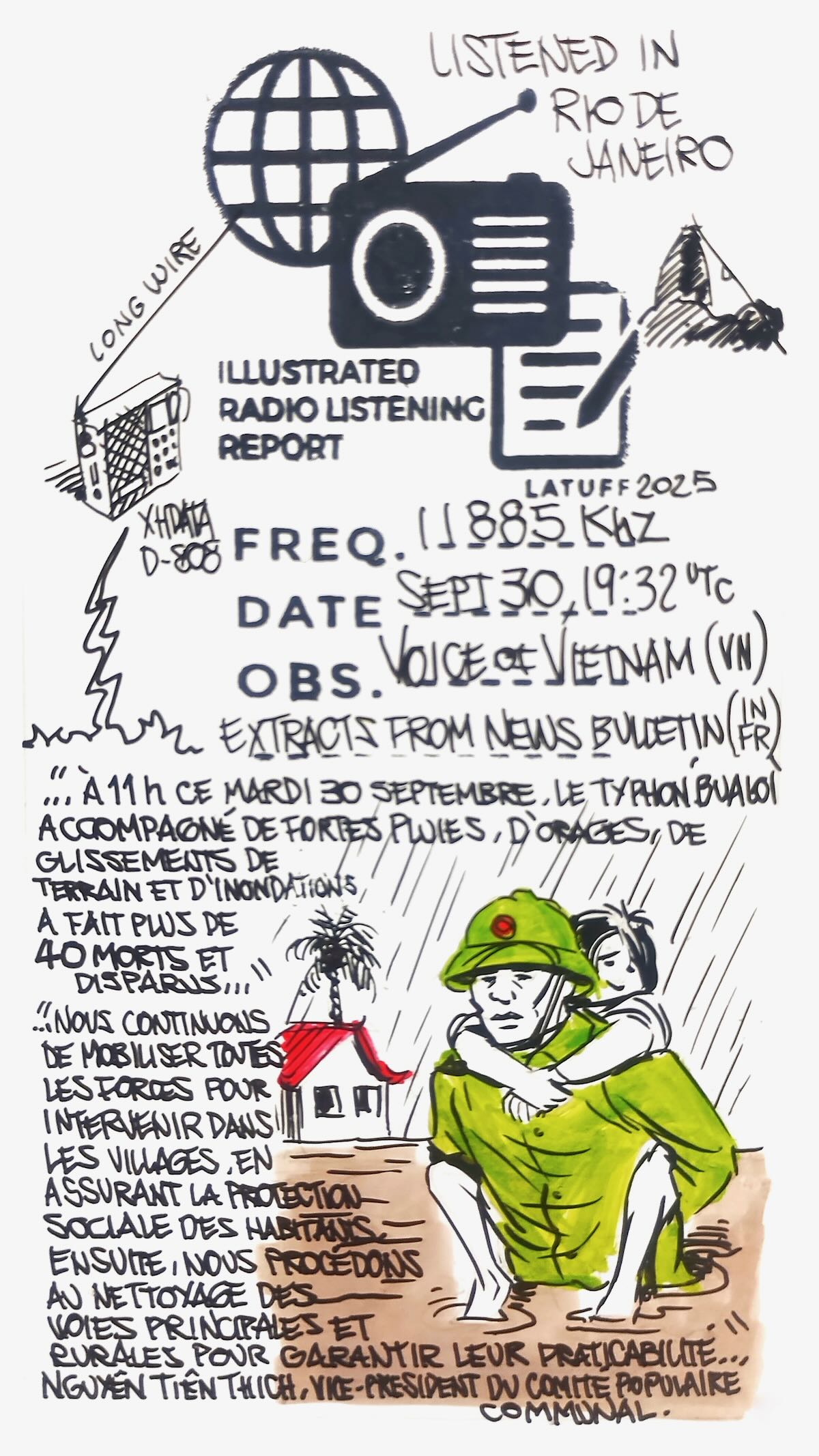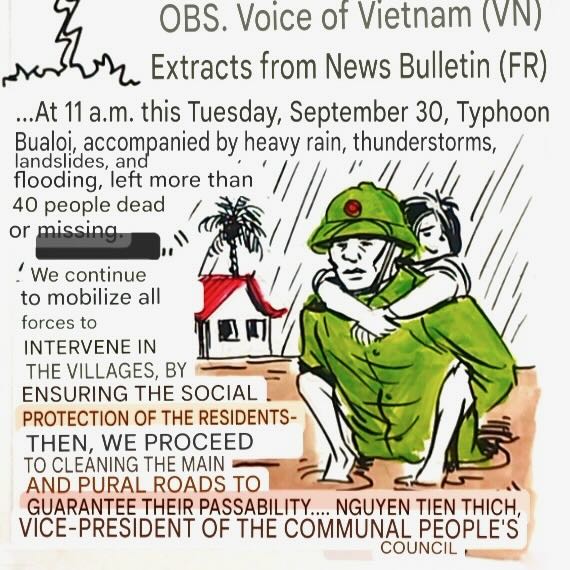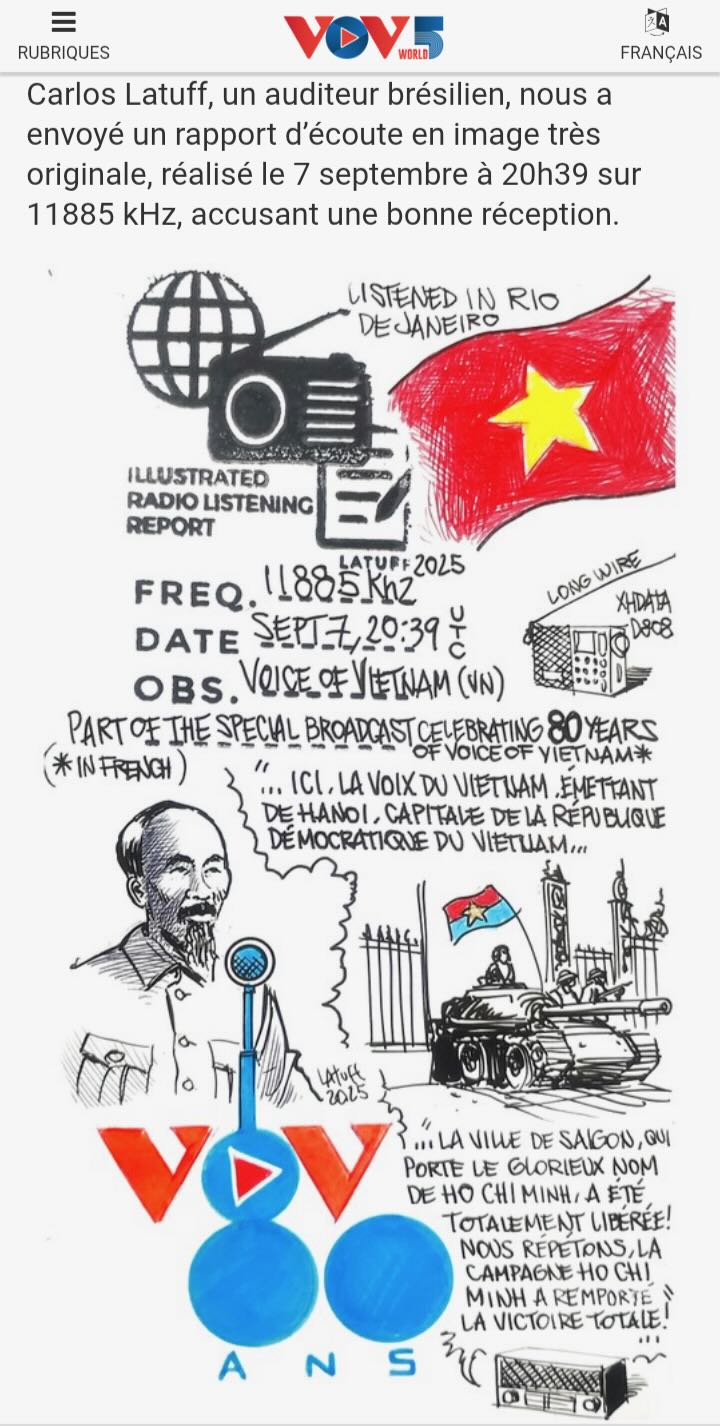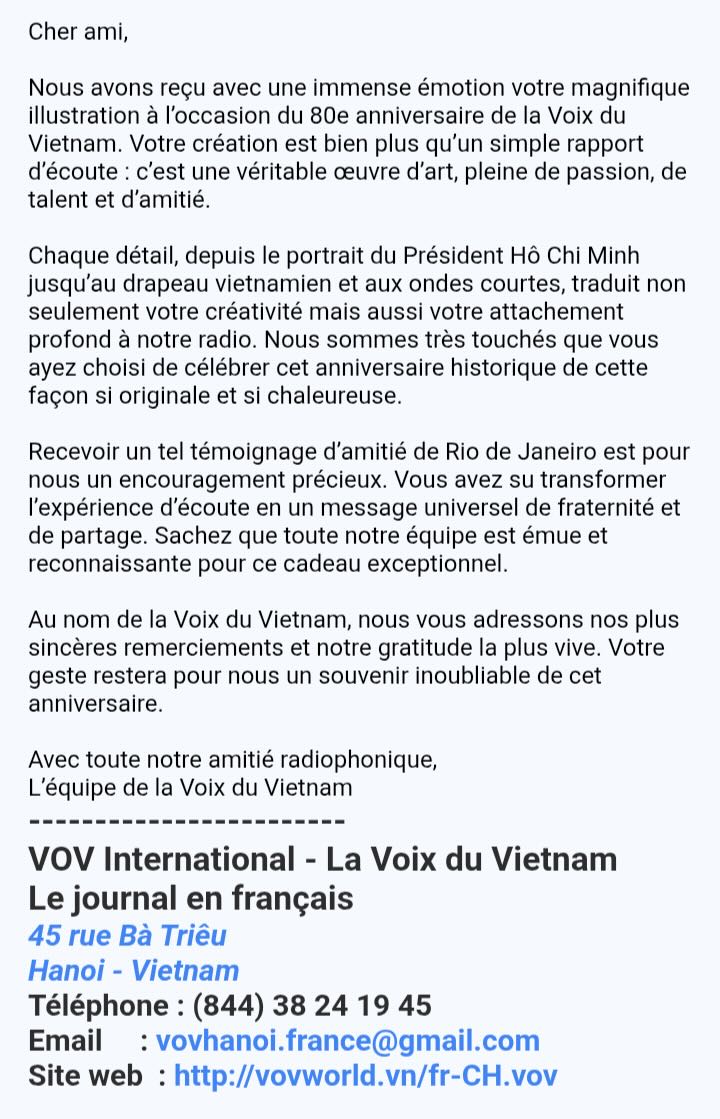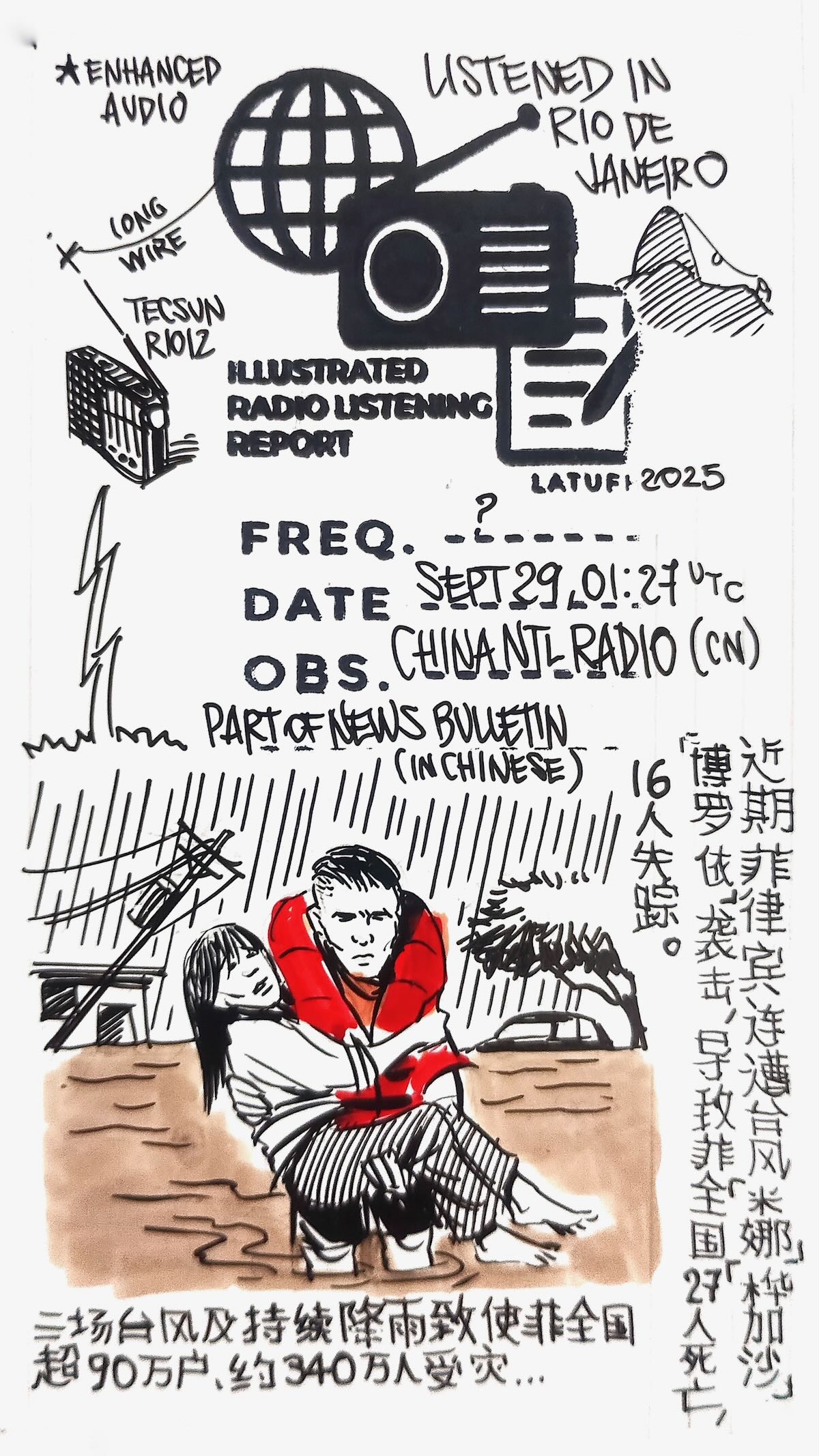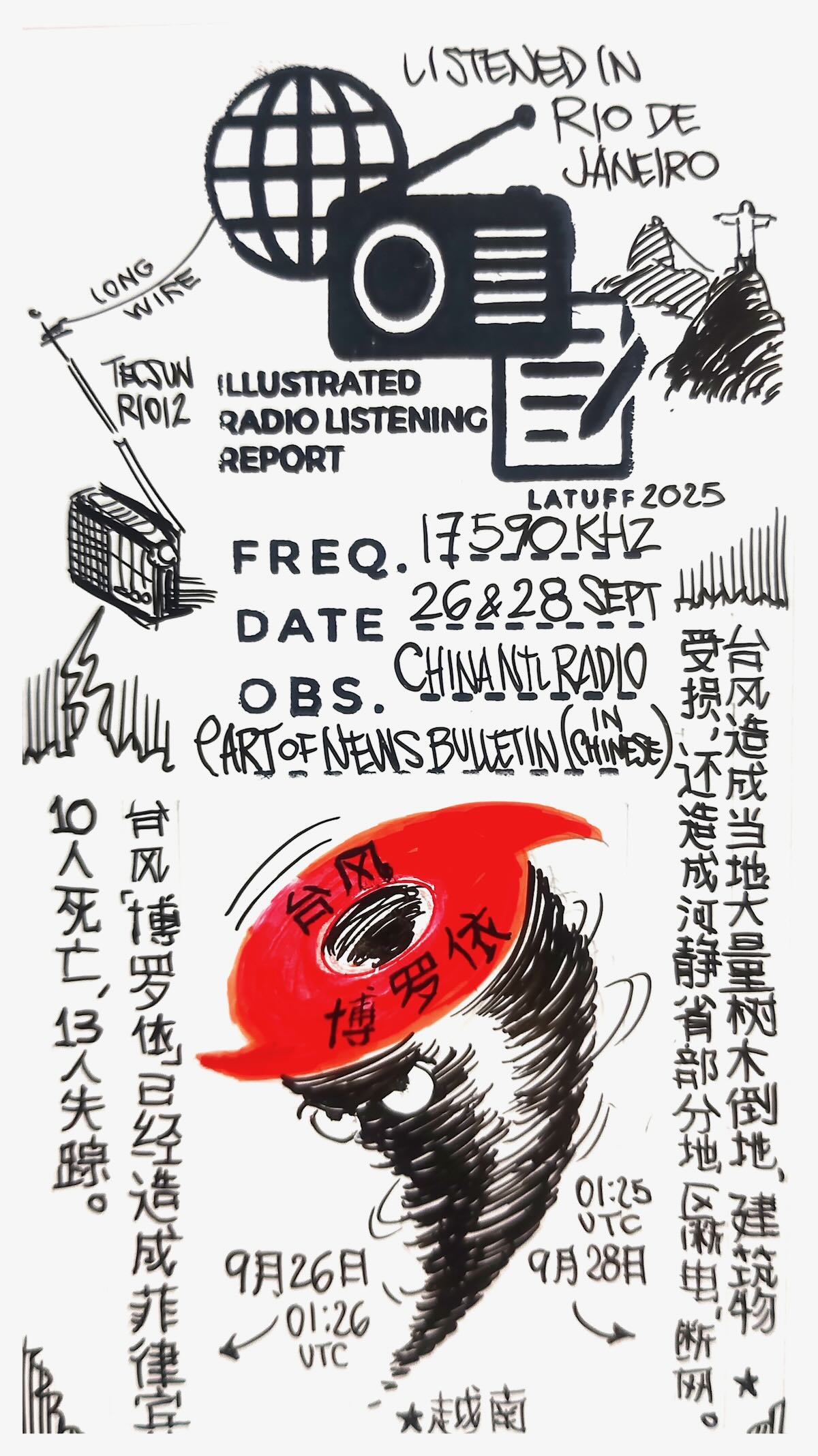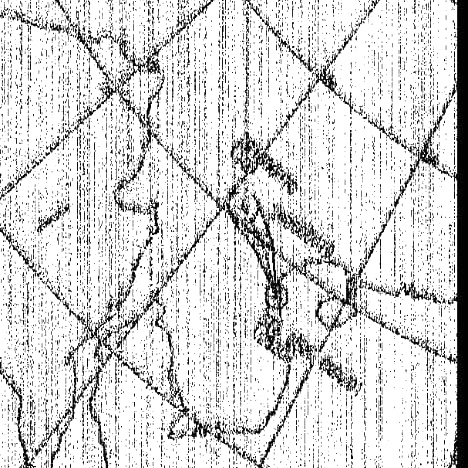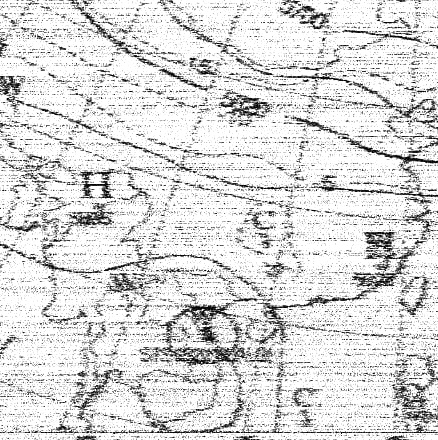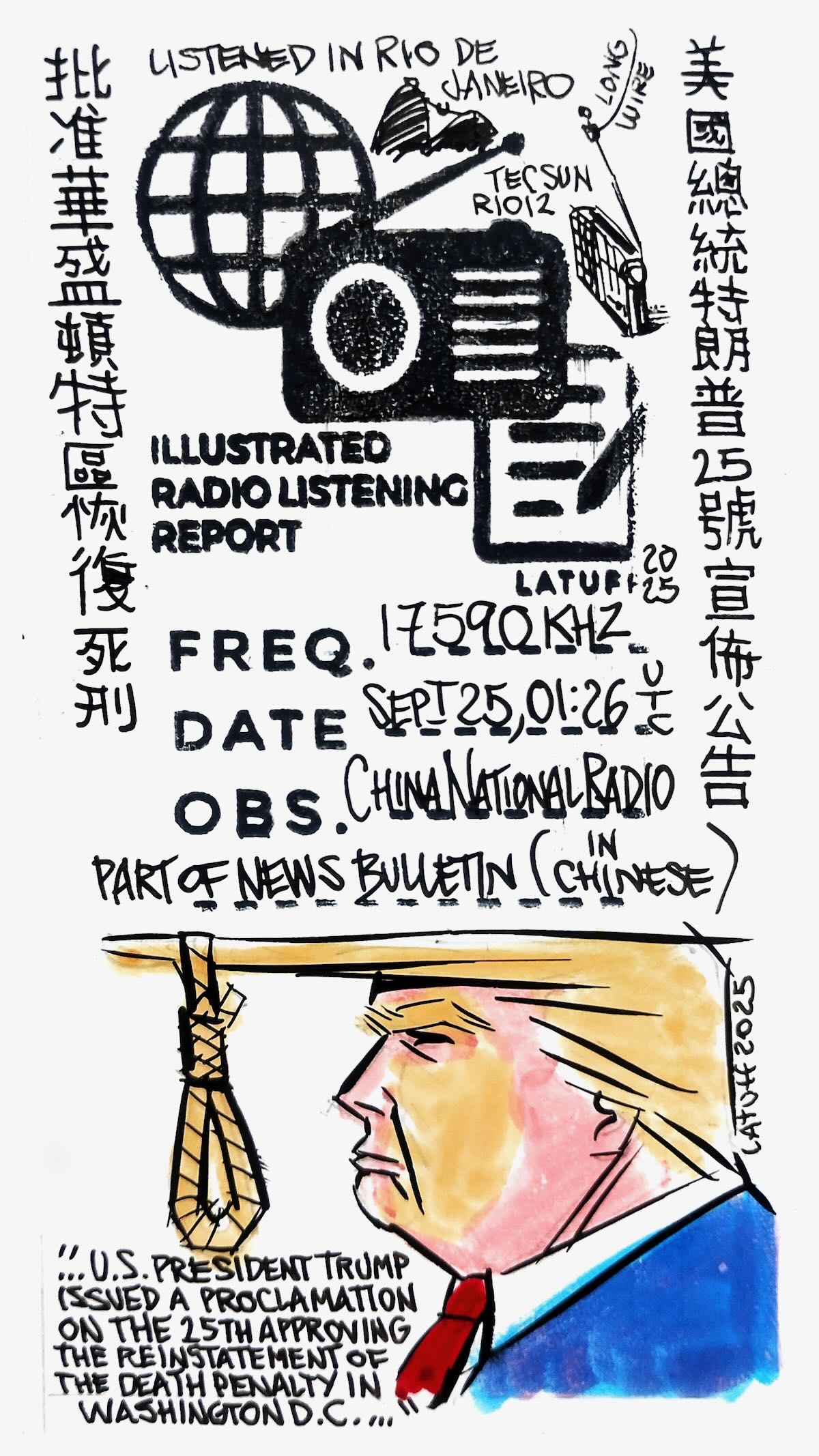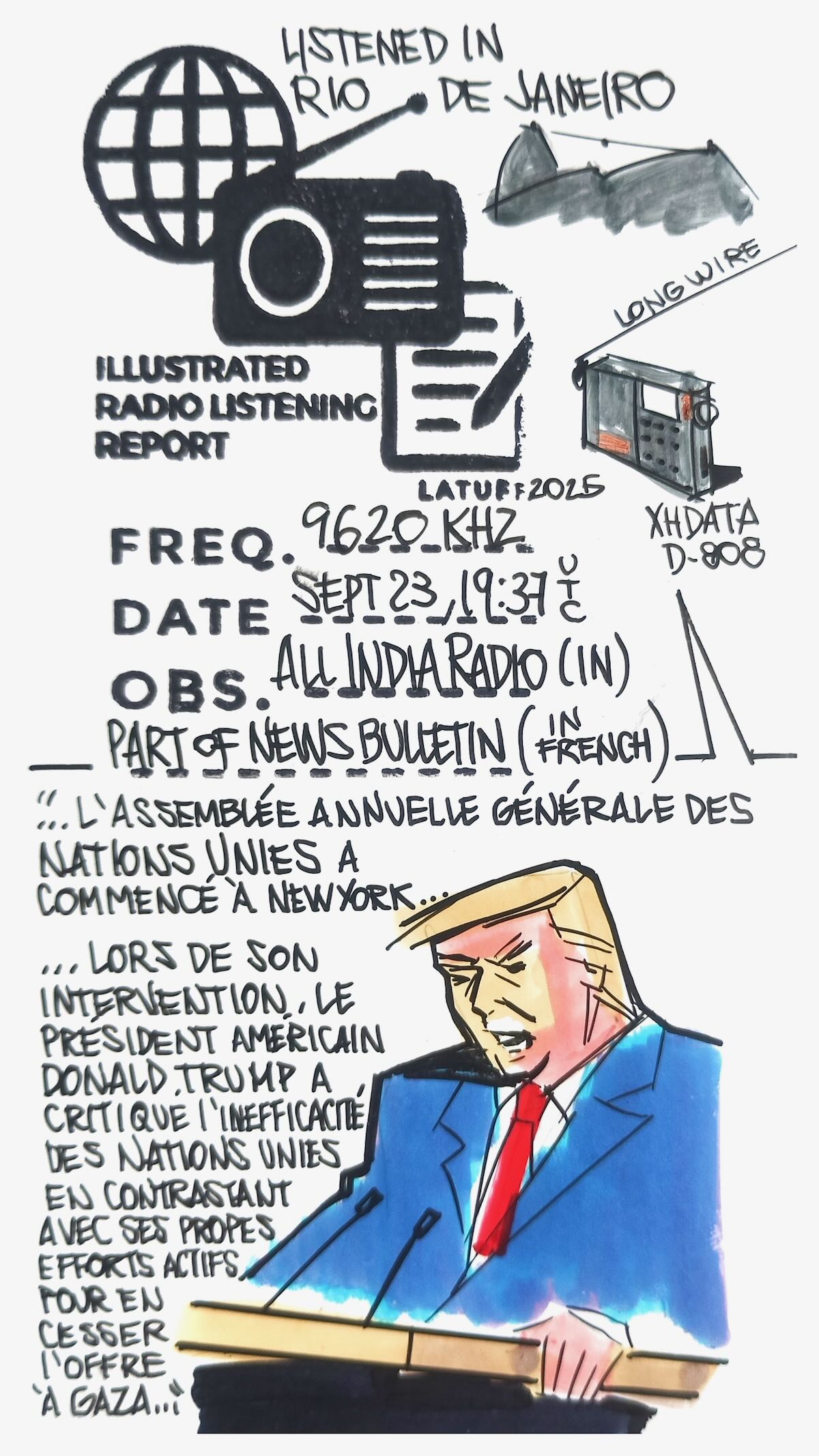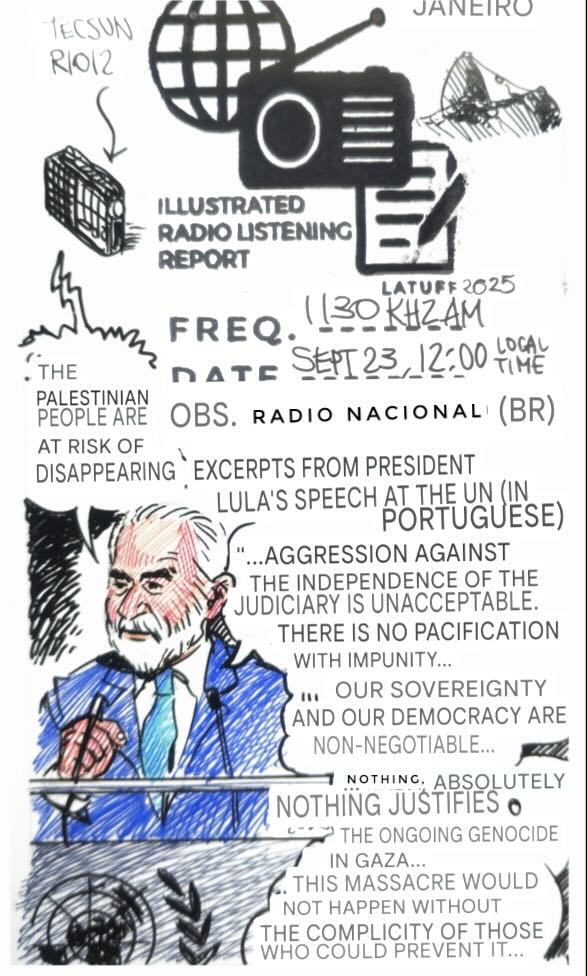Many thanks to SWLing Post contributor Dan Greenall, who shares the following post:
When I began shortwave listening back in 1969, Vatican Radio was one of the first stations I came across. That same year, the late Dr. Richard E. Wood authored a book called “Shortwave Voices of the World” in which he writes some notes about the station that you can read here [PDF].
In fact, Vatican Radio was established in 1931 by none other than Guglielmo Marconi. It wasn’t until sometime after World War 2 that the present-day transmitter site was set up at Santa Maria di Galeria. A nice view of it is pictured on this 1970 QSL card.
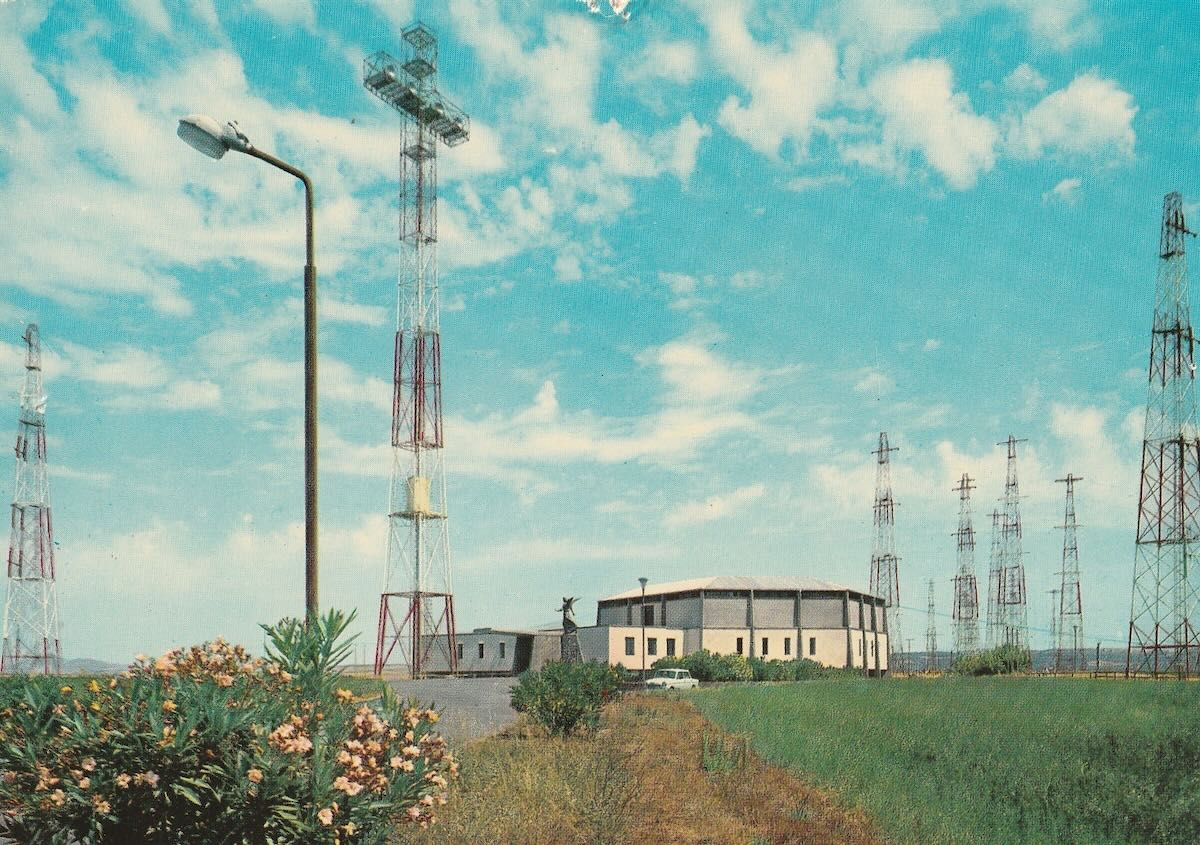
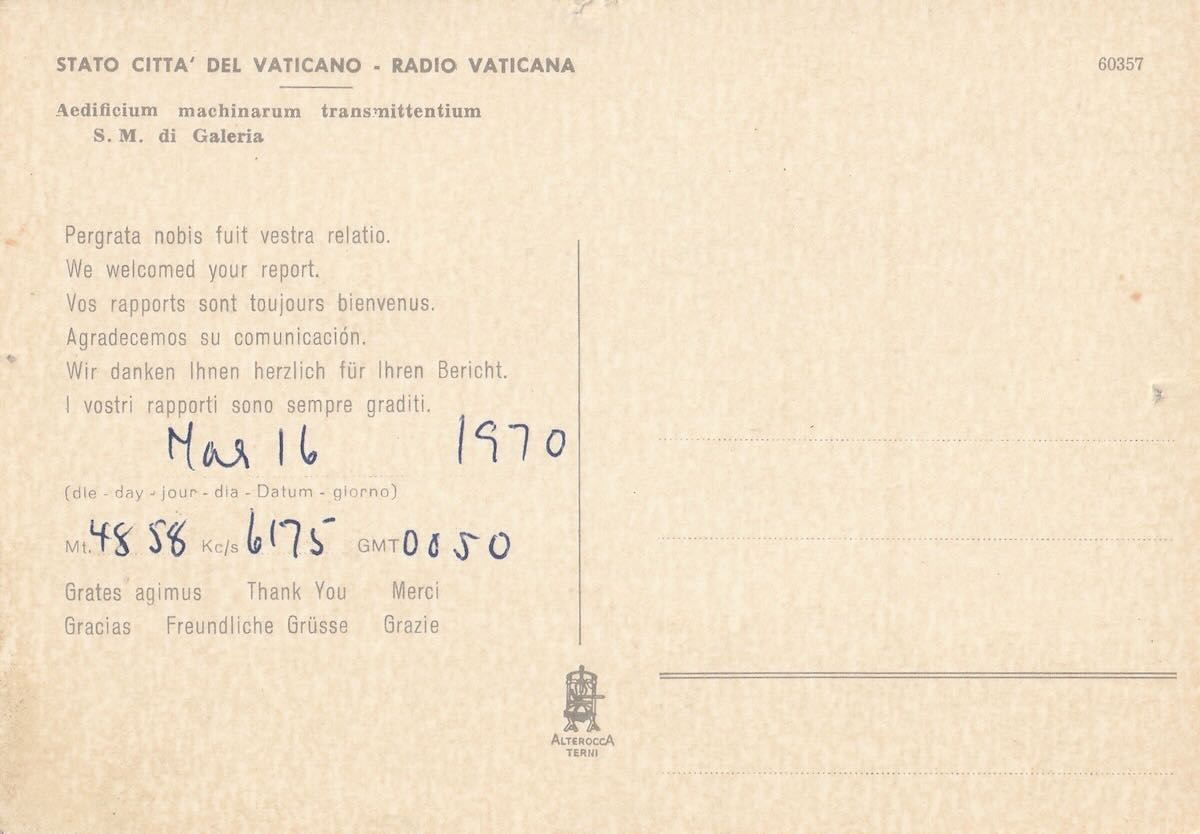 By the early 1970’s, short English language broadcasts to North America were still included in their schedule as you can see from these pages in the 1972 World Radio TV Handbook [click to enlarge].
By the early 1970’s, short English language broadcasts to North America were still included in their schedule as you can see from these pages in the 1972 World Radio TV Handbook [click to enlarge].
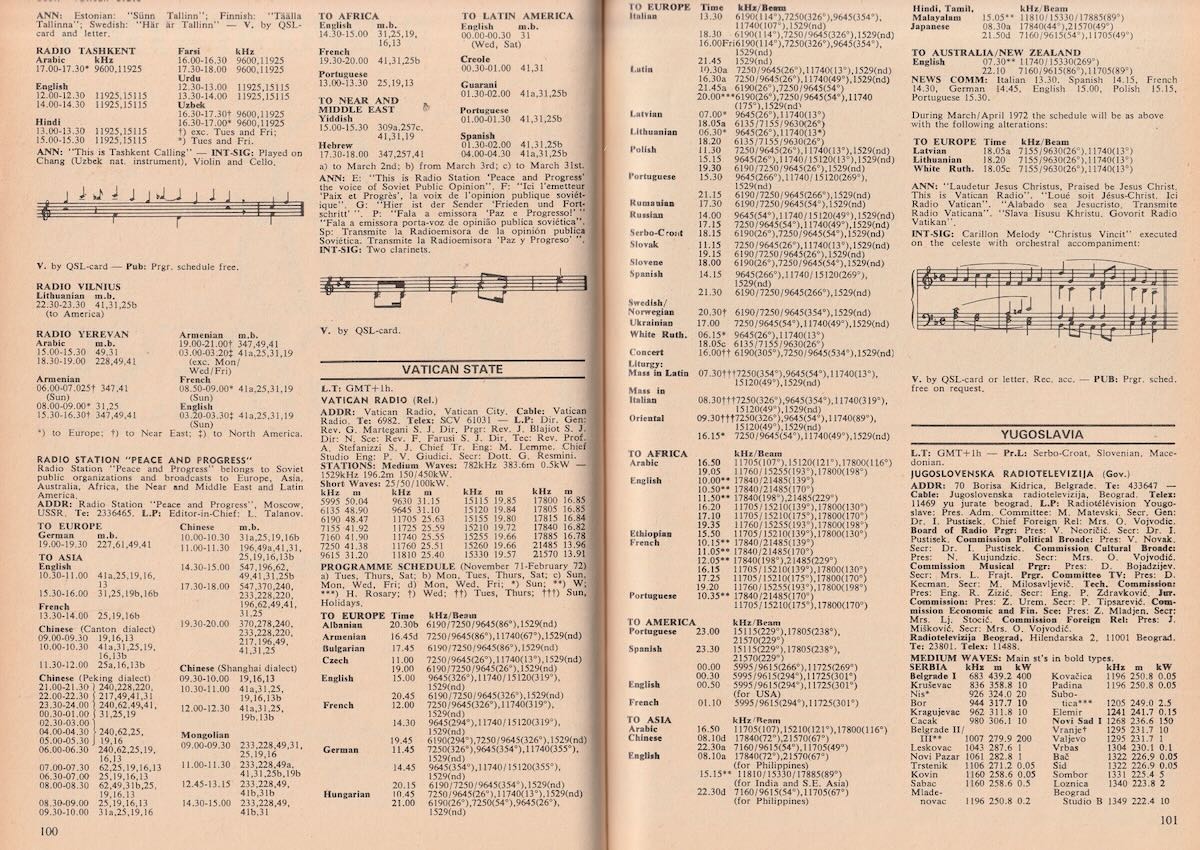 In 1983, Ken MacHarg, a former host of the DX Partyline on HCJB, was the author of a now out-of-print book entitled “Tune In The World”. Read Ken’s comments about Vatican Radio here.
In 1983, Ken MacHarg, a former host of the DX Partyline on HCJB, was the author of a now out-of-print book entitled “Tune In The World”. Read Ken’s comments about Vatican Radio here.
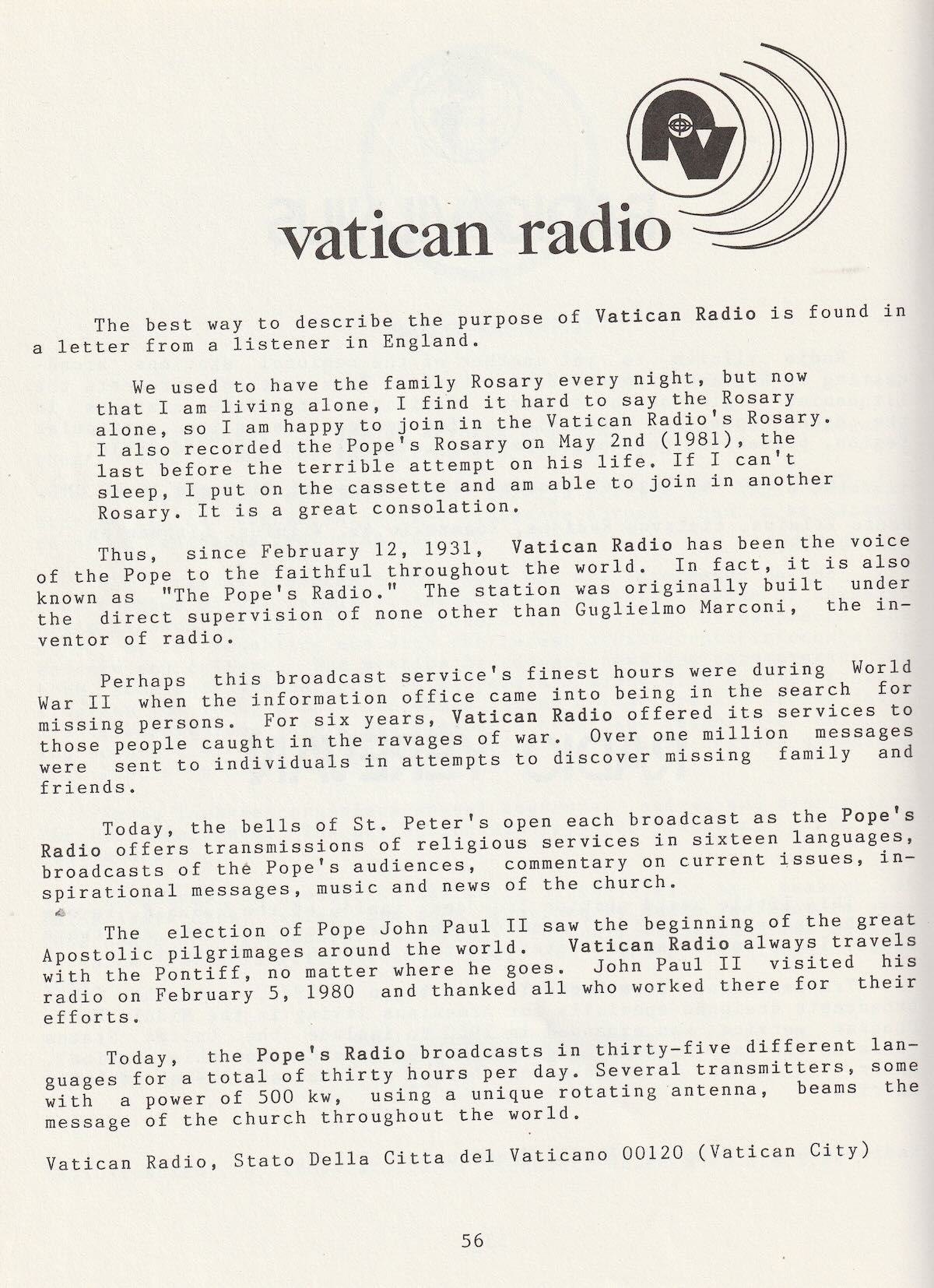 Though their published interval signal (see WRTVH) was “Christus Vincit”, Vatican Radio could also be recognized by the bells of St. Peter’s, which you will hear in this recording from 1971 that I made from my listening post in Ontario, Canada: https://archive.org/details/vatican-radio-1971
Though their published interval signal (see WRTVH) was “Christus Vincit”, Vatican Radio could also be recognized by the bells of St. Peter’s, which you will hear in this recording from 1971 that I made from my listening post in Ontario, Canada: https://archive.org/details/vatican-radio-1971
In more recent times, I have read that shortwave broadcasts to North and South America, as well as Europe, ended in 2012. In addition, English language shortwave transmissions to Asia ended in 2017, though they could still be found online. A list of their current English language broadcasts, as found on short-wave.info is shown here:
Here is a recording made August 11, 2025 using a remote SDR in the UK, complete with “Christus Vincit” interval signal, as they began their African service on 9705 kHz.
Also included is a recording from September 30, 2025, as they ended a transmission on 15595 kHz.

